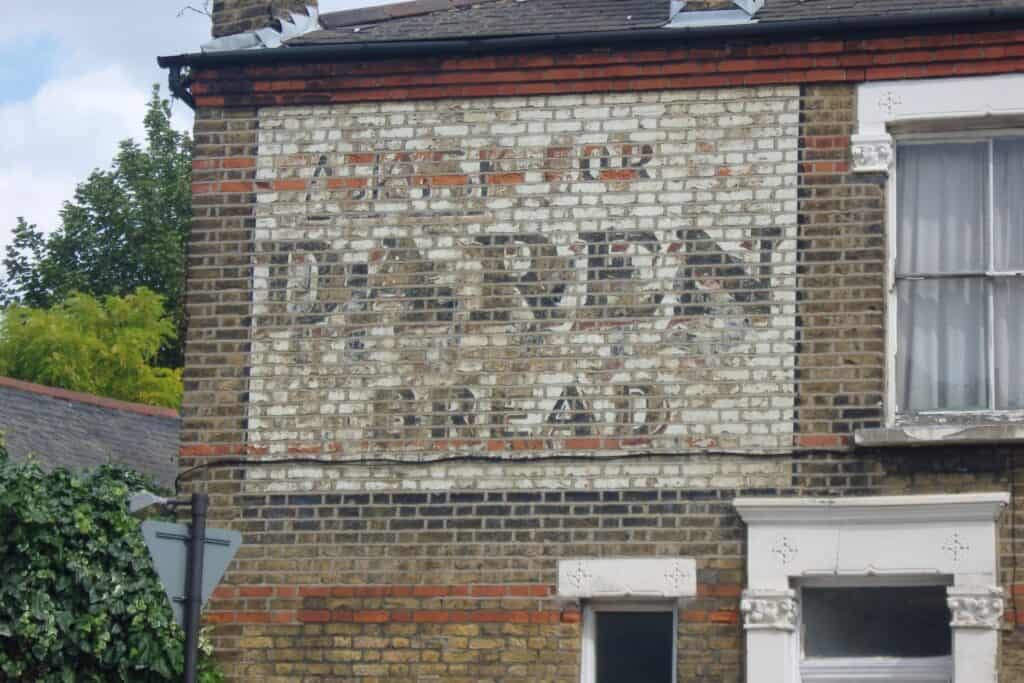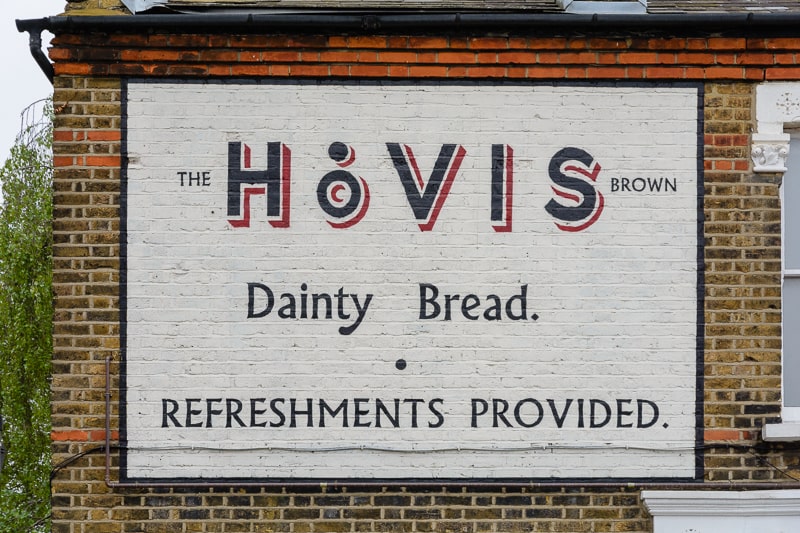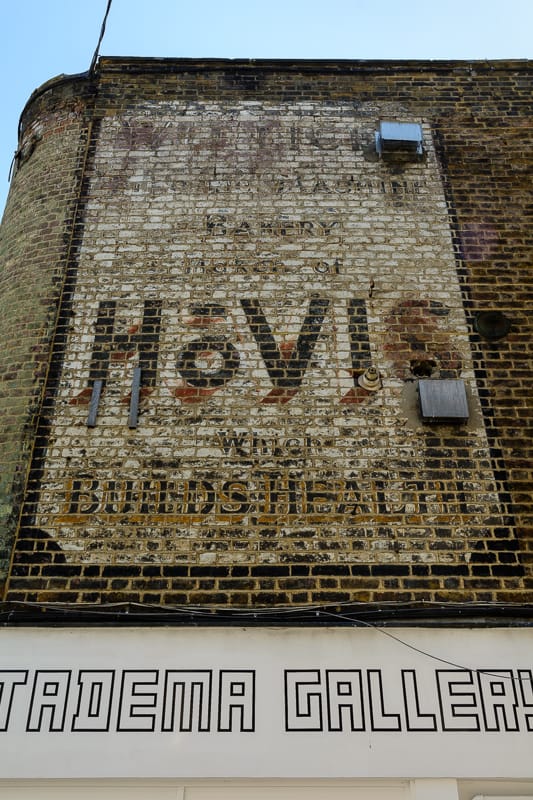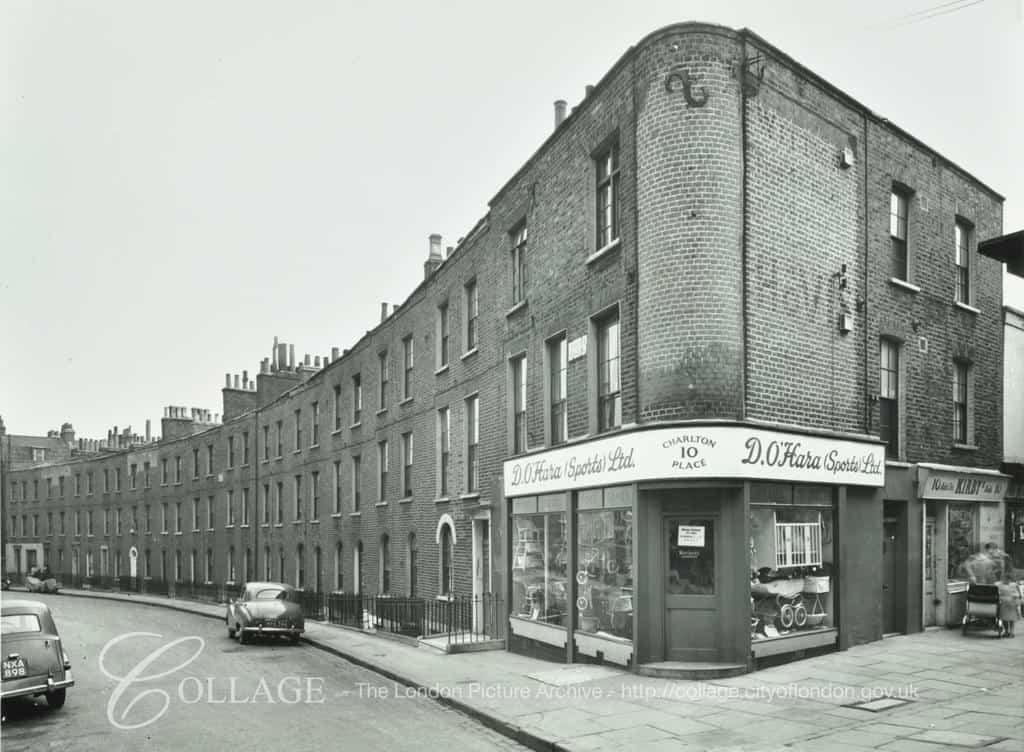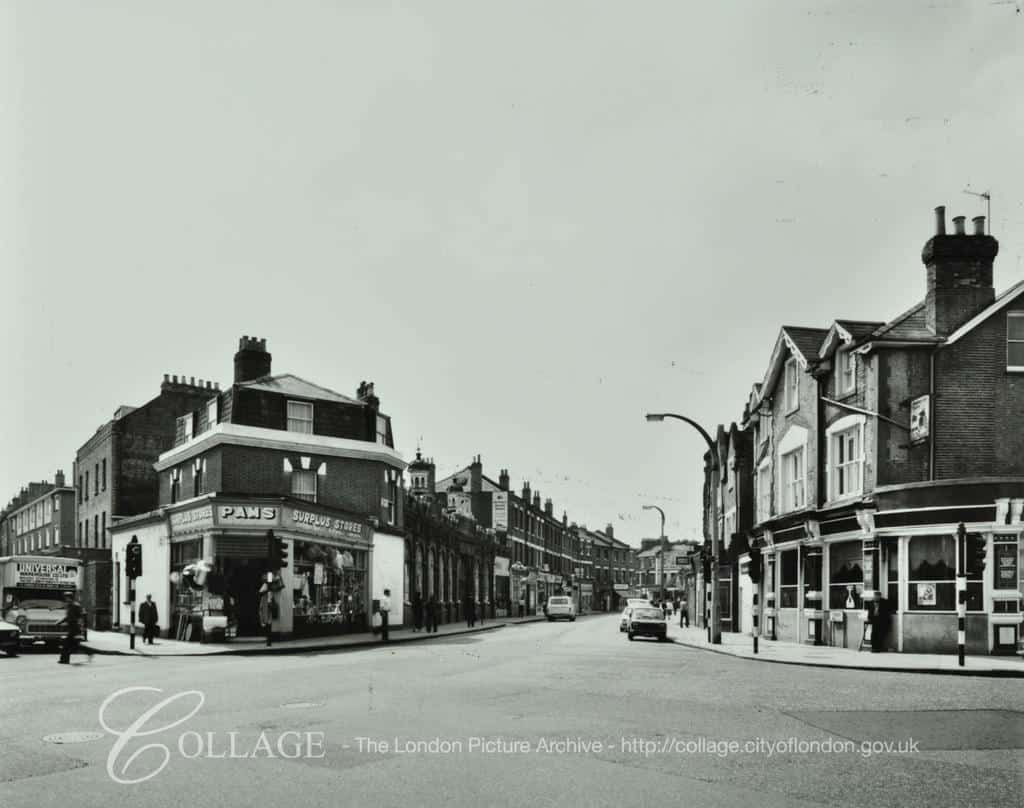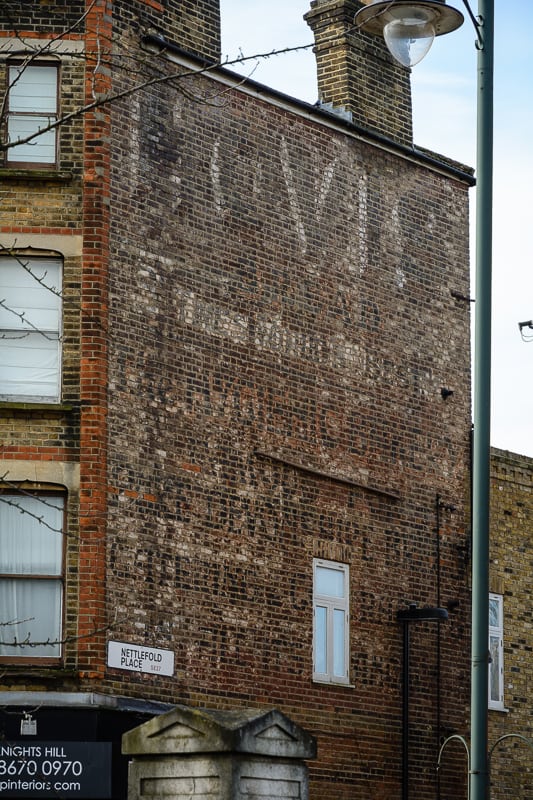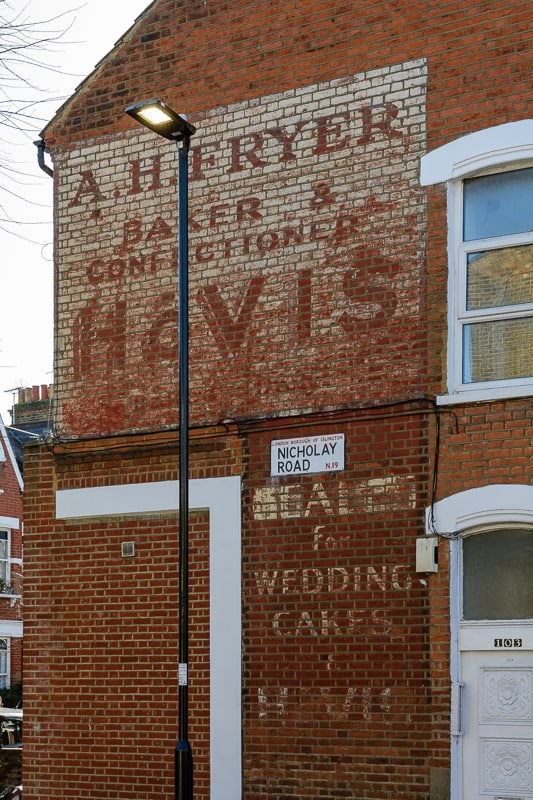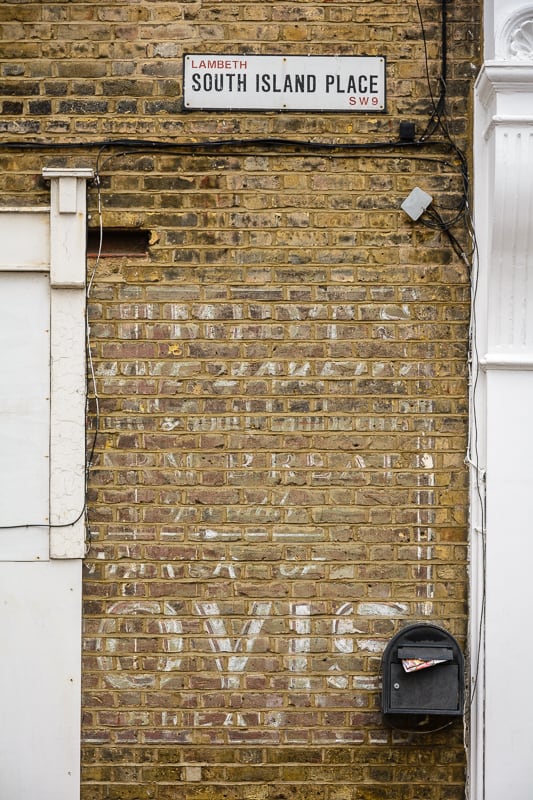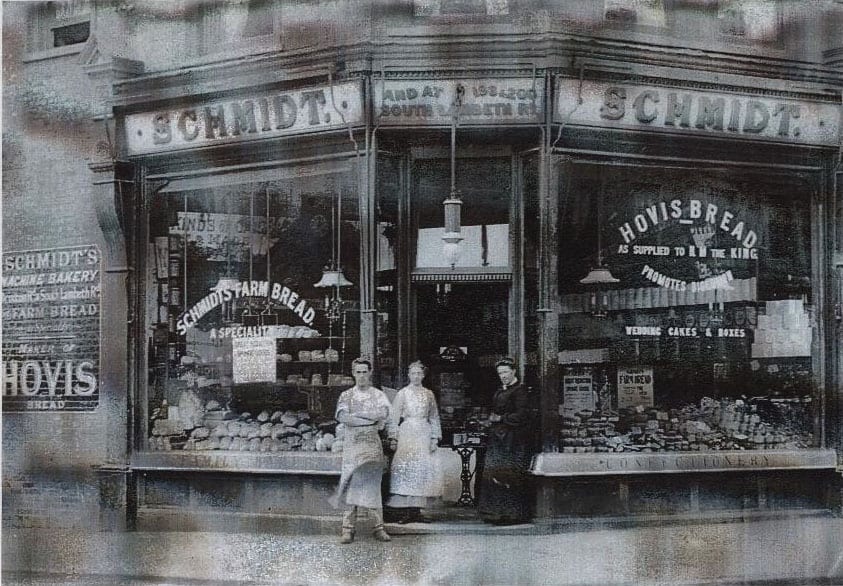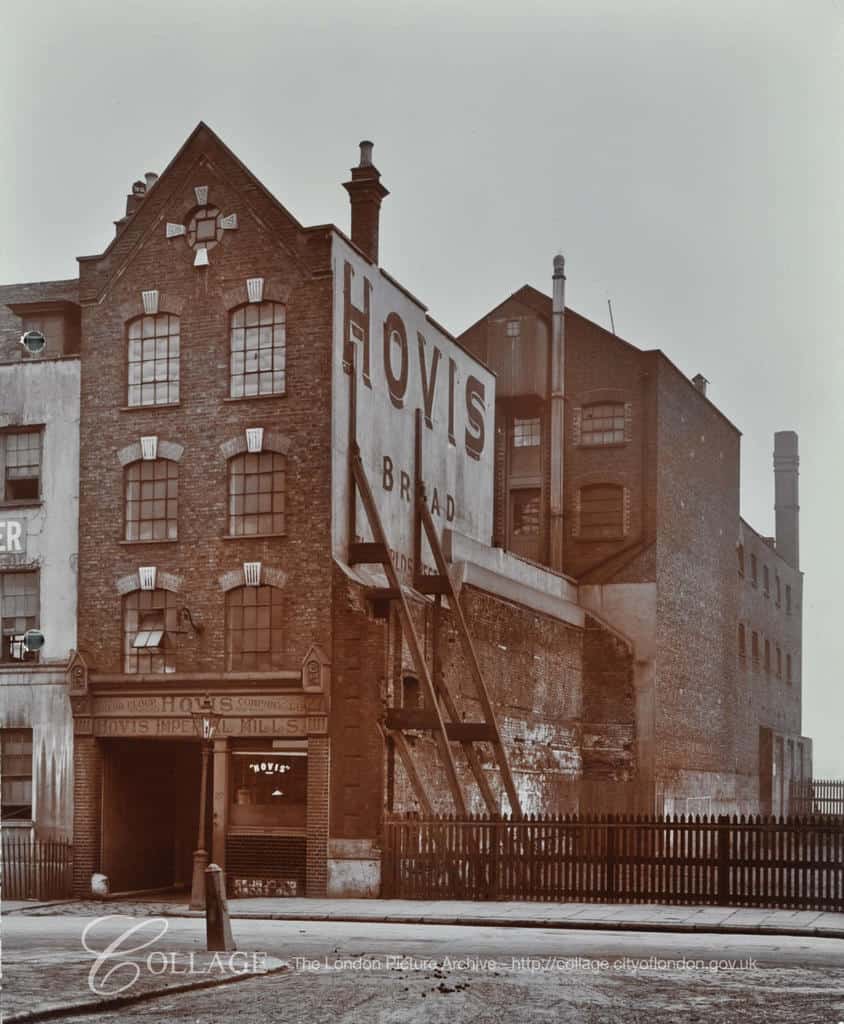21 Dec 2020
22 Hovis Ghost Signs Across the Capital
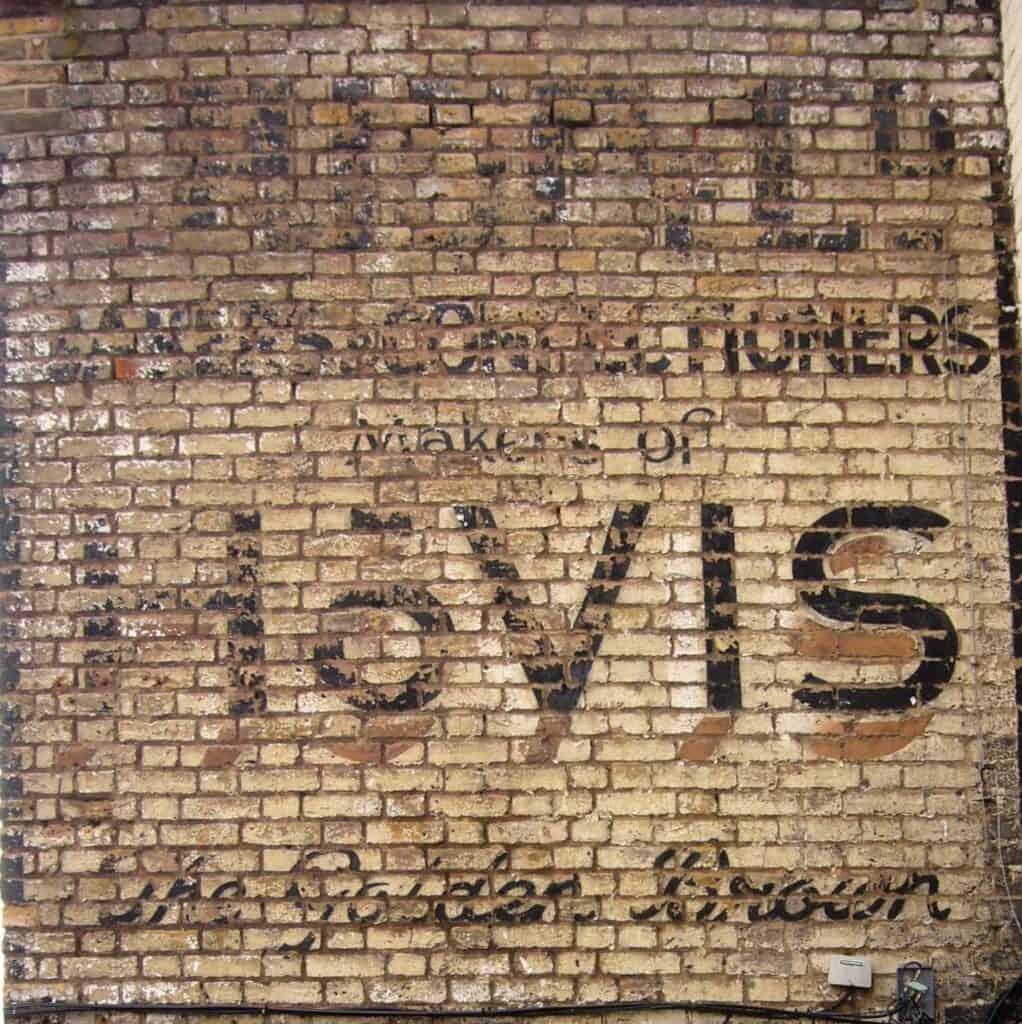
I’ve been doing some work looking at Hovis ghost signs in London and created this document to share some of the results. With (at least) 22 survivors they are clearly the most prevalent advertiser on London ghost signs, and there are further examples elsewhere in the UK, with some to be found in the History of Advertising Trust Ghostsigns Archive.
The signs are situated on the former locations of bakers/bakeries that used Hovis flour. They are referred to as ‘privileges’ and indicate a mutually-beneficial relationship between the manufacturer and their retailers/distributors, with the bigger company paying for the signs, hence the relative size of Hovis and the baker/bakery name. The contemporary equivalent is newsagents which often feature newspaper or confectionery logos on their fascia signs, and elsewhere.
This advertising strategy enabled Hovis to become the first national bread brand, despite the fact that the end product was being produced at a very local level, and not in big factories. This would of course change, but these signs evidence a time where the baker was a cornerstone of the high street.
Although the research carried out so far has been constrained by a lack of access to later street directories, specifically those of the 1920s and 1930s, some trends do emerge from analysis of the 22 locations that have been identified and documented. I would be interested to hear from anyone that can add more to knowledge gathered so far, so please do email sam@ghostsigns.co.uk with further information or leads.
- The signs are usually located on the side, or even back, wall of the bakery. In most cases this would be to ensure visibility to pedestrian movements up and down the main road. However, there are some that aren’t positioned well from a purely advertising point of view (e.g. Hewitt Road off Green Lanes) and where they may have principally served the purpose of directing (Hovis) delivery vehicles to the area where the baking, rather than the retailing, was done.
- Of the 14 where something of the baker/bakery name can be seen, only half have a known reference to that name in the street directories. It is likely that with access to directories from the 1920s and 1930s this would be resolved.
- There is considerable churn of proprietor at many locations e.g. the bakery at 26 Knight’s Hill has seven different names listed over the period 1901–19, although two of these appear to be related. This period does include the first world war which may be having an impact with men sent away to fight, and in many cases not returning, but I wonder if there are any other reasons for this that are peculiar to the trade.
- The presence of the tilde above the O of Hovis indicates a shortening of the full latin phrase that the name is derived from: Hominis vis (the strength of man). It was used predominantly from the end of the first until the end of the second world war, with inconsistent use prior to that, and limited to no use for some time afterwards. This can help with dating some signs.
There are also a couple of curiosities among the collection. First is a repainting on Avignon Road SE24 where those responsible have created something of a melding of two previous signs on the wall, without actually reproducing either of them faithfully. I’d be interested to know who commissioned and carried out the work and to ask them about the design choices made in this instance.
Second is the contrast between a 1958 photo and what the sign in Camden Passage N1 looks like now (see pictures at the top of this article). It looks more faded in the older photo goes against the usual pattern of signs becoming less visible over time. More on this next week…
Please do get in touch if you have any comments or further leads with respect to any of these Hovis ghost signs in London.
***This article was made possible by Ghostsigns’ patrons on Patreon. I thank each and every one of you for your continued support. Thank you also to Roy Reed who I have been working with on documenting London’s surviving Hovis ghost signs.***
